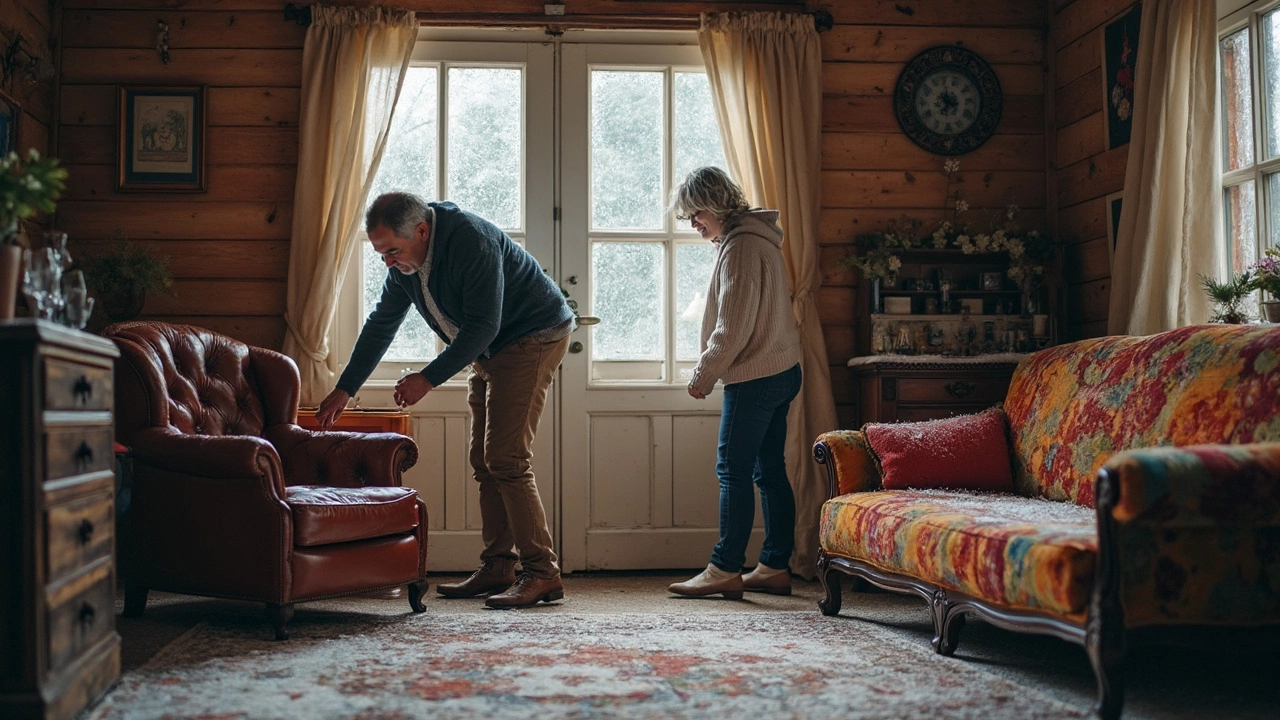Wood Damage: Spot, Prevent, and Fix Common Issues
Ever notice a new scratch on your favorite table or a dark ring on a pantry shelf? Those are signs of wood damage, and they happen faster than you think. The good news? You can catch most problems early and fix them yourself without a pricey workshop.
Common Causes of Wood Damage
Water is the biggest enemy. A spill, a humid bathroom, or a leaky roof can leave water marks, swelling, or even rot. Sunlight is another culprit; too much UV light fades color and dries out the grain, making it crack. Everyday wear and tear – pet claws, moving heavy items, or dragging chairs – can leave scratches, dents, or gouges. Finally, pests like termites or wood‑boring beetles quietly eat away at the structure, often unnoticed until the damage is visible.
Simple Fixes and Prevention
Start with a quick test: dab a cotton swab in mineral spirits and rub a hidden spot. If the wood darkens, it's a finish you can revive; if not, you may need a deeper repair. For fresh water stains, blot with a dry cloth, then gently rub a mixture of equal parts olive oil and vinegar. Let it sit a few minutes before wiping clean. Sun damage is best tackled with a high‑quality wood conditioner followed by a matching stain or paint.
Scratches can be filled with a wax repair stick or a mix of equal parts white glue and water applied with a soft cloth. For deeper gouges, sand lightly with fine‑grit sandpaper, then apply wood filler and let it dry before sanding smooth again. Always finish with a protective coat – a polyurethane varnish or a natural oil – to seal the surface.
Prevent future damage by keeping wood away from direct moisture. Use coasters, placemats, and felt pads under pots, glasses, and furniture legs. Rotate décor items every few months to spread out sun exposure. A dehumidifier in damp rooms helps maintain stable humidity, which keeps wood from expanding or shrinking.
If you suspect pests, look for tiny frass (wood dust) near baseboards or small holes in the surface. A simple boric acid powder applied around the affected area can discourage insects, but for a serious infestation call a professional.
Regular maintenance is the easiest way to avoid costly repairs. Wipe down surfaces with a mildly damp cloth, avoid harsh chemicals, and re‑oil or re‑varnish pieces every couple of years, depending on use. These small habits keep the grain healthy and the finish looking fresh.
Remember, wood is a living material – it reacts to its environment. By understanding the common triggers, you can protect your furniture, cabinets, and floors for years to come. The next time you see a mark, you’ll know exactly what to do.
How Cold Is Too Cold for Furniture? Storage Guidelines You Can't Ignore
Wondering if chilly storage spaces can ruin your furniture? This article breaks down the exact temperatures that could spell trouble for your wood, leather, and fabric pieces. You'll get practical tips on keeping furniture safe in the cold and learn which materials are the most vulnerable. Discover simple ways to winter-proof your storage and avoid costly surprises when it's time to bring everything back indoors. No jargon here—just clear, useful advice for getting furniture through any freeze.
More
